How to Install a Kitchen Extractor Fan Through a Wall
Installing a kitchen extractor fan properly can be a complicated process, as it involves creating a hole in your wall for the ducting to be placed in. Without this, you won’t have an extractor unit that can properly remove and expel air.
With that in mind, In this blog, we will show you how to install a kitchen extractor fan through a wall.
With new buildings being made to be as energy efficient as possible, and the UK aiming for 95% of its electricity usage to be low carbon by 2030, it is imperative to understand how we can make the most of our ventilation. This is where applications such as extractor fans and heat recovery ventilation units come in.
To prevent mould, fresh air should constantly be introduced into your dwelling daily, as it helps to regulate temperature and reduce condensation. Introducing fresh air can be as simple as having a ventilation routine, or installing extractors or MVHR units. Almost all of this is facilitated by ducting.
Do I have to have ventilation in my home?
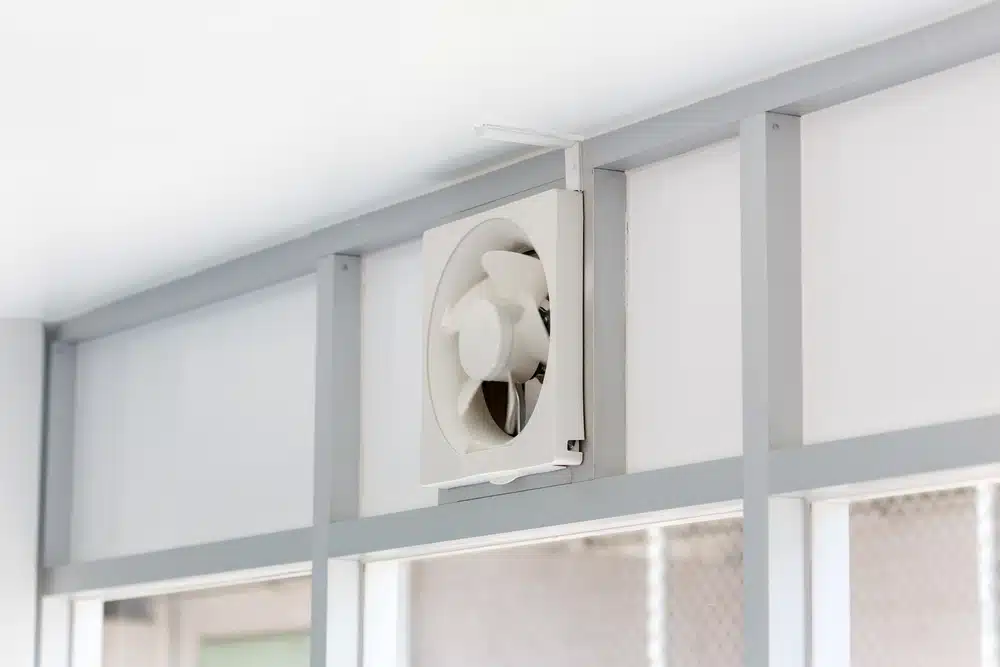
Yes. Homes require ventilation, this is stipulated in Part F of the UK Building Regulations (Approved Document F). It focuses on ventilation in dwellings to ensure good indoor air quality and prevent moisture build-up. Here’s a summary:
All habitable rooms require a minimum level of ventilation to remove pollutants and provide fresh air. This is known as minimum ventilation.
There are three main approaches to achieve this:
- Purge Ventilation: This relies on natural ventilation methods like opening windows or background ventilators for less airtight homes.
- Mechanical Extract Ventilation: For more airtight properties, extractor fans are needed in moisture-prone areas like kitchens, bathrooms, and utility rooms to remove excess moisture and pollutants directly.
- Whole Dwelling Ventilation: In addition to extract ventilation, some ventilation is needed throughout the entire dwelling to supply fresh air. Part F provides guidance on achieving this.
Please remember that this is a summary, and to read the full document for a complete understanding. You can click here to read it.
What happens if I don’t follow building regulations for ventilation?
If discovered, there are a multitude of consequences that can occur, this can include, but is not limited to…
- Fines
- Prosecution/court hearing
- The property being listed as unsafe until the correct amendments are made.
The consequences of not following these regulations may become especially serious if you are a landlord with a number of tenants in the dwelling.
How to install a kitchen extractor fan through a wall
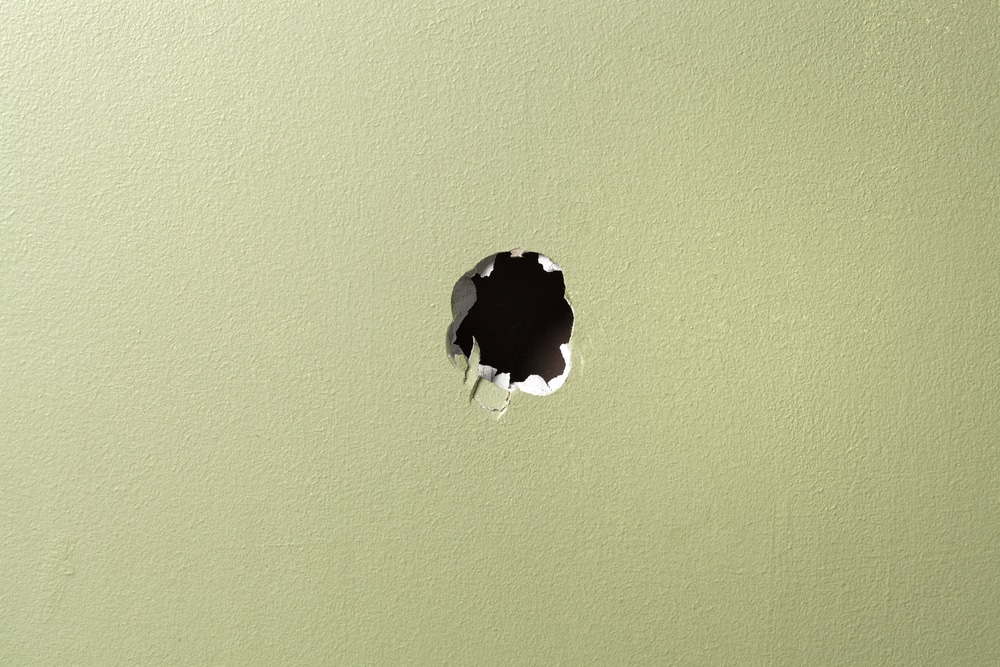
Installing a kitchen extractor fan through a wall is not a simple task, and we recommend using the services of a qualified expert. That being said, here is a very basic outline of how to install a kitchen extractor fan.*
*Please be aware that the process of installing a kitchen extractor fan through a wall will vary depending on the kitchen it is being installed in. Additionally, the process may vary depending on the extractor fan, its ducting, and recommended installation process is.
- Pilot Hole and Wall Check: Drill a small pilot hole from the inside of the house to the outside to check for any hidden pipes or wires. Ensure the path is clear for the ducting.
- Cutting the Wall Hole: Use a jigsaw or reciprocating saw to create a hole in the wall according to the size of your ducting. Maintain a slight slope downwards from inside to outside to prevent condensation build-up.
- Installing the Ducting: Insert the ducting hose through the hole, ensuring a good fit with the fan unit and exterior vent. Seal any gaps around the duct penetration with fire-resistant sealant.
- Mounting the Fan Unit: Position the fan unit in the prepared wall opening and secure it using the provided screws and wall plugs. Ensure it’s level.
- Electrical Connection: Following manufacturer’s instructions and safety guidelines, connect the electrical wiring of the fan unit to your kitchen circuit. If unsure, consult a qualified electrician.
- Exterior Vent Installation: On the outside wall, install the exterior vent grill that connects to the ducting hose. Seal any gaps around the vent to prevent water ingress.
- Testing and Finishing Touches: Turn on the power and test the functionality of the extractor fan. Ensure proper extraction and check for any leaks in the ducting. Finally, install the decorative trim or canopy that comes with your cooker hood.
Can anyone install a kitchen extractor fan through a wall?
No. Installing a kitchen extractor fan through a wall is a difficult task, and can not be carried out by just anyone. If you are a qualified electrician, and have experience in installing extractor fans, or have DIY and carpentry skills, you will be able to do it.
If you are not a qualified electrician, you are legally obligated to acquire the services of one to install the electrical components. If you don’t have DIY and carpentry skills, we do not recommend installing a kitchen extractor fan yourself, contact an expert in your local area.
Although this may seem costly in the short-term, in the long-term, you are saving yourself from having to pay further for repairs or amendments that you need to make if your installation is faulty.
Does all ventilation have to be through a wall?
Not exactly, although fans and air conditioning are technically a ventilation unit, the most effective kind of ventilation that removes humidity etc are ones with direct access to outside. This would be an extractor fan or a cooker hood. Even windows are technically better for extracting indoor air than a standing fan or air conditioning unit.
Where can I find affordable kitchen extractor fans?
As the UK’s leading supplier of ducting and ventilation, it’s no surprise that we supply kitchen extractor fans at competitive rates, here are a couple of our affordable favourites.
Kair Guardian Power Pro PP100P
The Kair Guardian Power Pro PP100P operates at a rate which can convert to a usage cost of 1p a day. (using 28.00 pence per kWh as comparison). Considering this extremely low running cost, in addition to the affordable pricing, it would be a mistake to not consider this option if you’re on the hunt for an extractor fan.
You can find the full details here.
Greenwood Omnique Smart Extractor Fan With Pull cord Humidistat Timer and SELV Transformer
The Greenwood Ominque Smart Extractor Fan has quite a few tricks up its sleeves, with one of them being the possibility of using 6 different kinds of ventilation, in this one unit. Regarding its running costs, it boasts such low energy costs that continuous usage will equate to less than a single penny a day.
This extractor fan isn’t called smart for no reason, its features allow it to be adaptable to properties that may have a range of tenants at a time with their own ventilation needs. It does not require a contractor to make any amendments or repairs, either. For more information on this extractor fan. Click here.
Purchase a kitchen extractor fan today
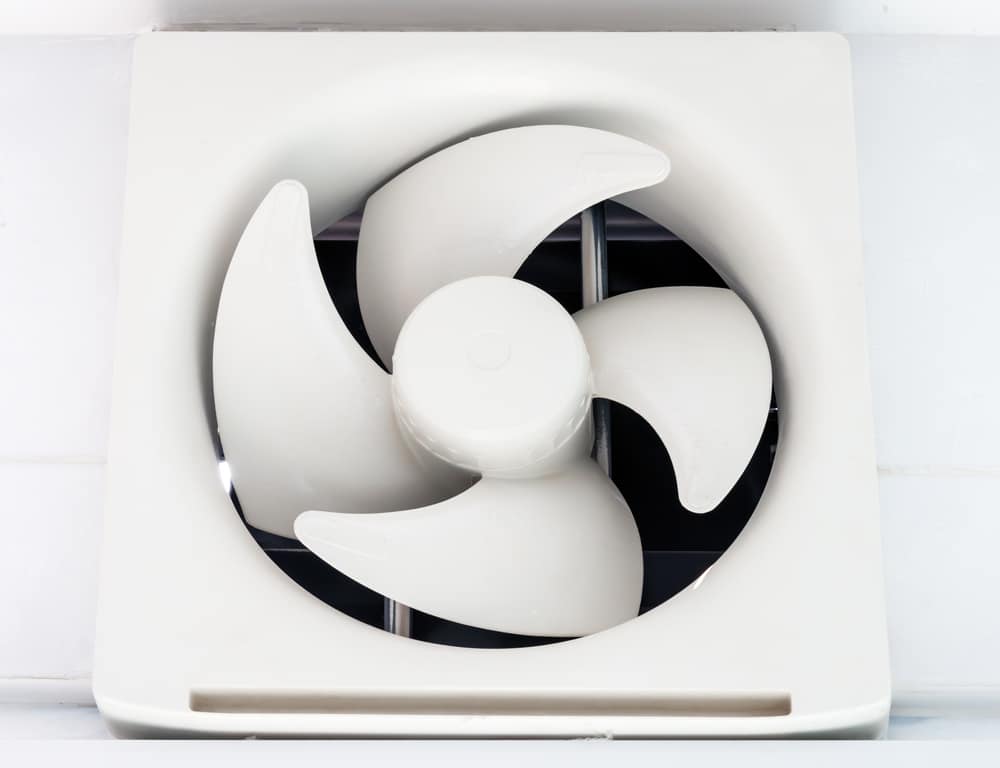
At I-Sells, all things ventilation and ducting related is our speciality, we are here to answer the questions we know are common for those new to HVAC and what it encompasses.
We at I-Sells endeavour to ensure our customers have all the information they require before investing in our mould solutions. Be sure to visit our blog page to learn about the vast array of factors and issues surrounding ventilation, mould, condensation, and much more.
Within this blog, we hope to have shown you how to install a kitchen extractor fan through a wall, whilst providing you with supplementary information to help you going forward.
We understand you may have more questions, do not hesitate to contact us for more information about whatever you need our help with. If you’d like to email us, click here. For other contact options, see below:

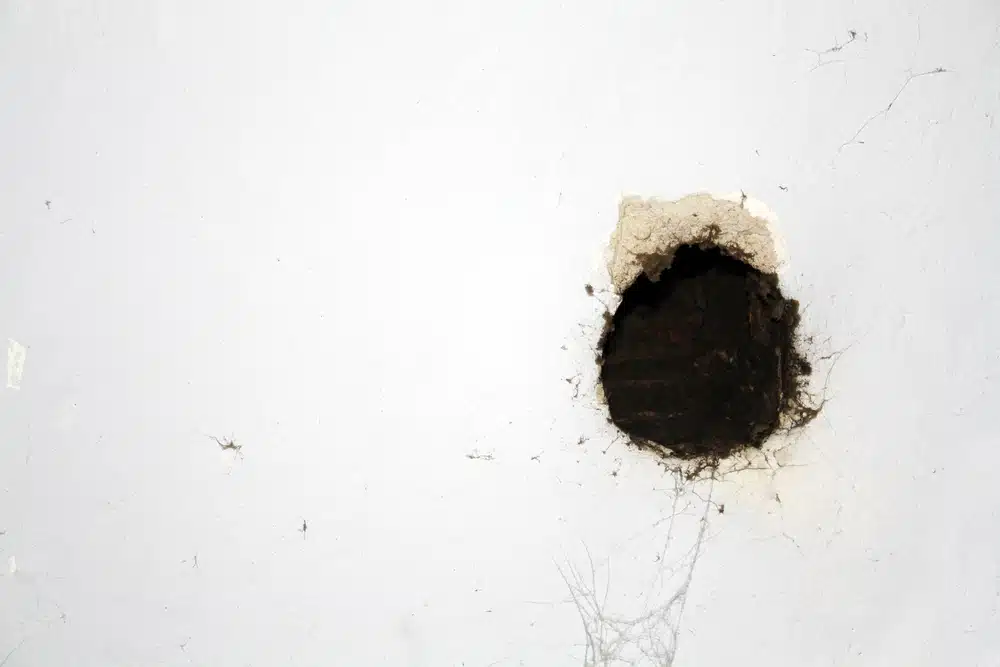


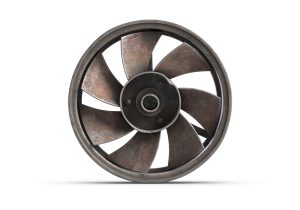

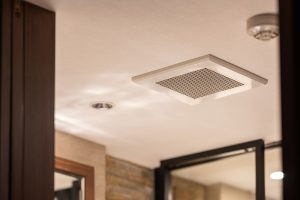


















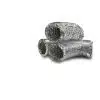

Add comment
You must be logged in to post a comment.